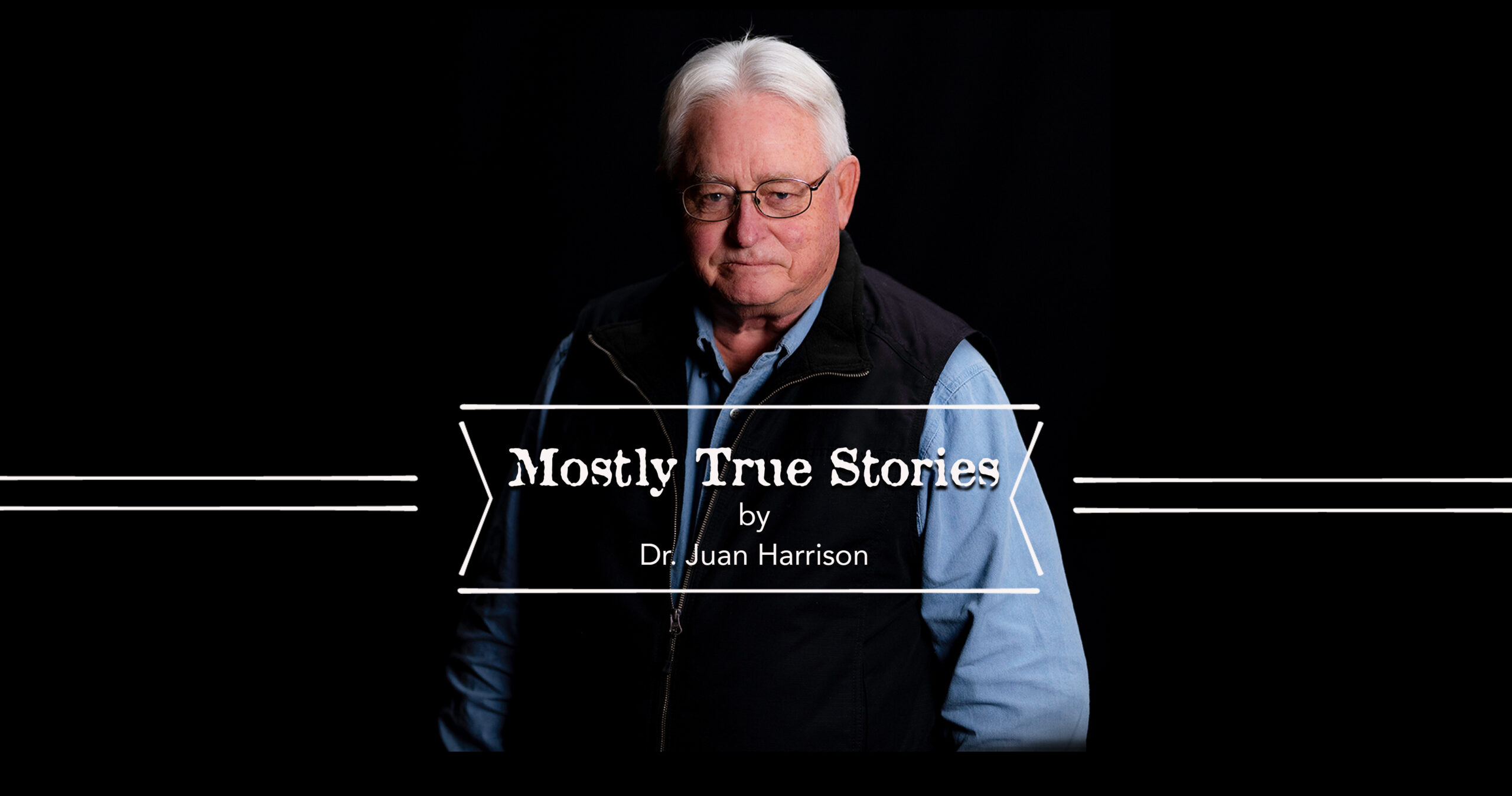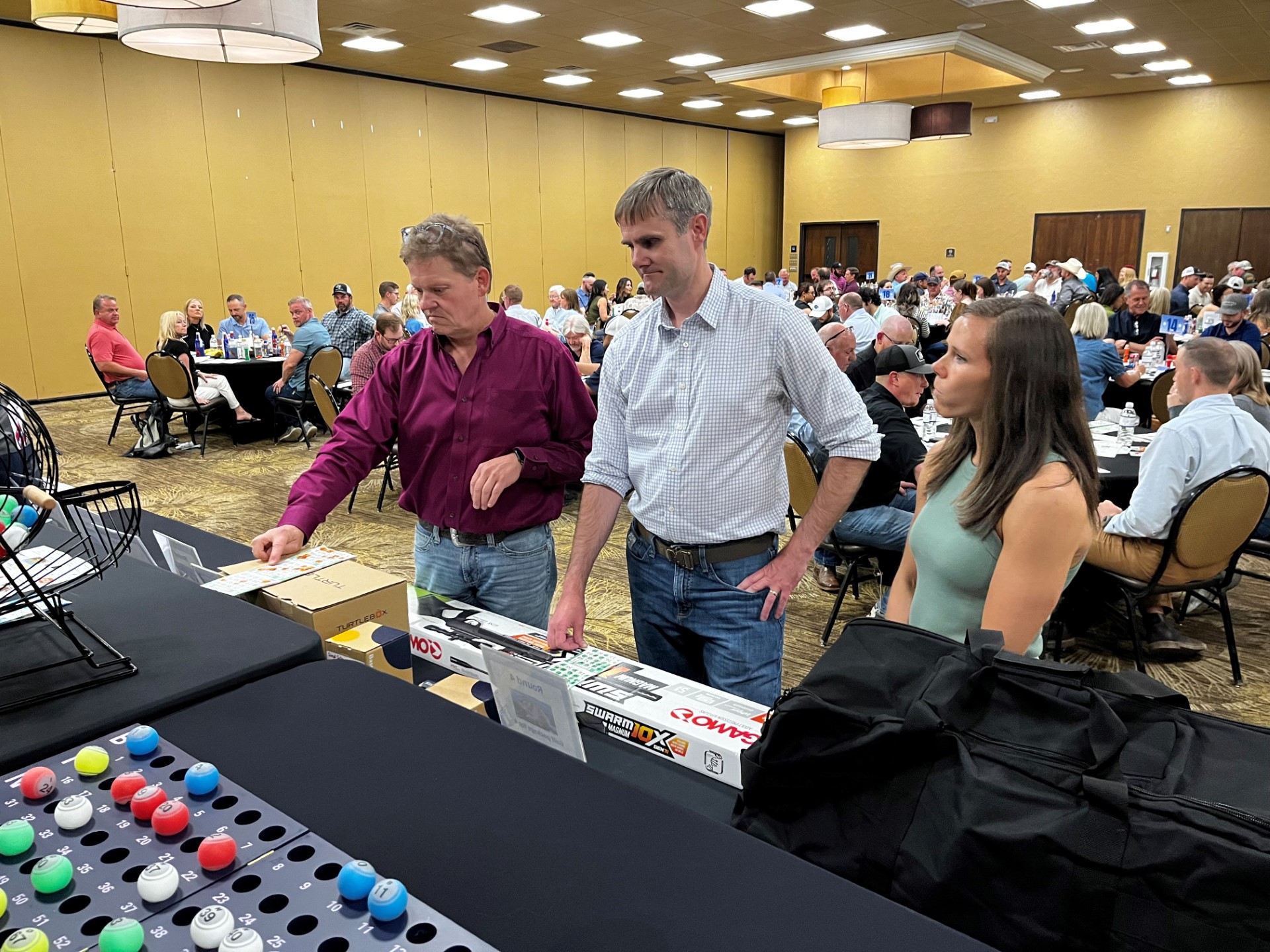History of Thermo, Texas
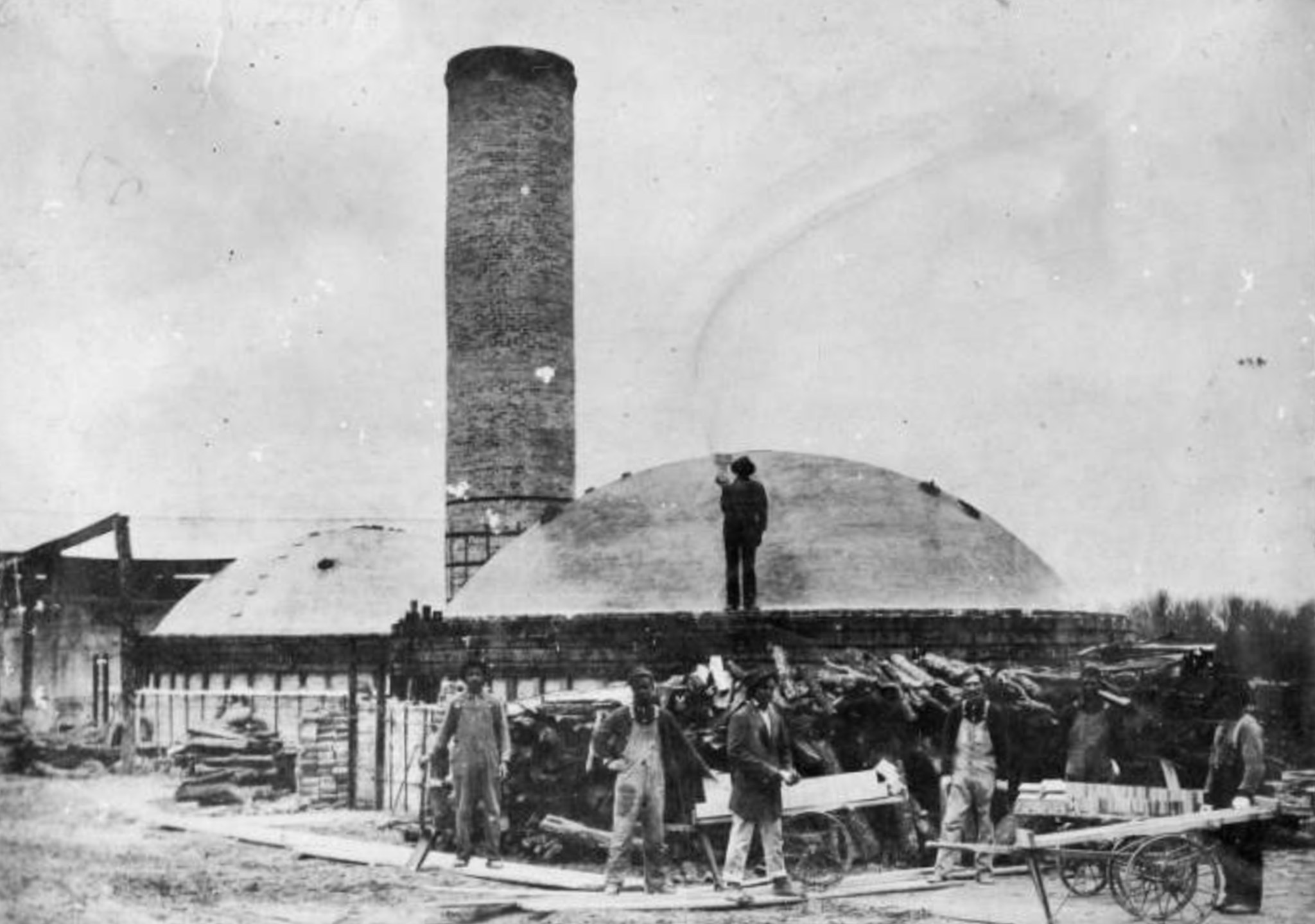
Thermo (Crush), Texas
Approximately located at County Road 1870 and County Road 2319
Thermo is the name of one of Hopkins County’s small communities– one of more than 100 such communities with populations ranging from 50 to 777. It was previously known as Crush.
In 1910, George H. Wilson moved his brick plant to Crush. Named the Crush Brick & Tile Company, they constructed a fire brick factory circa 1912. This was the source of Crush’s original name.
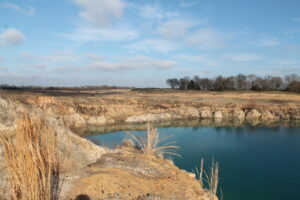
In approximately 1925 the town name was changed to Thermo, to reflect the thermal firing process of the bricks. The brick manufacturing plant operated from 1910 to 1954. The clay found in the soil is formed into bricks by a firing process.
Population in the area has always been limited. Aerial photographs of the Thermo property from 1949 and 1958 show bucolic undeveloped farm and pastureland. Residences do not even appear near the property until 1964 aerial photographs.
In 1976, Luminant Mining company purchased approximately 4900 acres in the community, where it ran lignite coal mining operations until 2016.
Lignite coal mines have long been common in Hopkins County, which sits atop several rich veins of the “soft coal.” Prospectors tried to open a vein north of Como in 1905, but found the lignite was too deep to mine. They had more luck in 1918 when the Alla-Malakhoff mine was founded in Como. This mine stayed operational until 1938. There was also a smaller lignite mine operating in the Thermo area in 1922, approximately three miles outside Sulphur Springs proper.
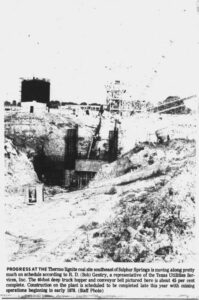 In March 1978, Luminant broke ground at the Thermo site, and within their first two years of operation, the company reported they had covered about 300 surface acres. In 1980, site manager Kenneth Price told the News-Telegram the operation had about 22 to 24 years of extractions left before the site was no longer useful.
In March 1978, Luminant broke ground at the Thermo site, and within their first two years of operation, the company reported they had covered about 300 surface acres. In 1980, site manager Kenneth Price told the News-Telegram the operation had about 22 to 24 years of extractions left before the site was no longer useful.
The Sulphur Springs Thermo coal plant had layoffs in both 1995 and 1997 due to an accident at the nearby Mount Pleasant plant, although in 1997 the Interstate Mining Compact Commission (IMCC) awarded Luminant national honors for its reclamation efforts at the Sulphur Springs operation.
Site manager Del McCabe told the News-Telegram at the time how Luminant had successfully re-routed portions of Rock Creek as well as preserved wetlands, pastures and wildlife. Luminant planted “several thousand trees a year,” to combat the 80 to 100 acres used in mining annually, McCabe boasted in 1997.
In 2014 Luminant’s parent company filed for bankruptcy, and in 2016 Luminant closed both its Thermo and nearby Mount Pleasant plants as it acquired coal from Wyoming.
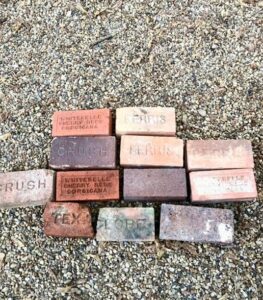
In March 2017, the city of Sulphur Springs signed a development agreement with Luminant for a land donation of the former mine property. On February 4, 2020, the city annexed the nearly 5,000 acre coal mine property into the city limits. As such, Thermo now exists as a colloquial term only– it is officially an extension of Sulphur Springs proper.
The city has budgeted from $50,000 to $150,000 to develop a site-specific plan for the property, according to the Parks and Open Space Master Plan, and, as of 2022, continues to speak to companies who would like to use the property.
Image courtesy Hopkins County Heritage Park and Museum/ Hopkins County Echo/ Taylor Nye
More about the Wilsons:

